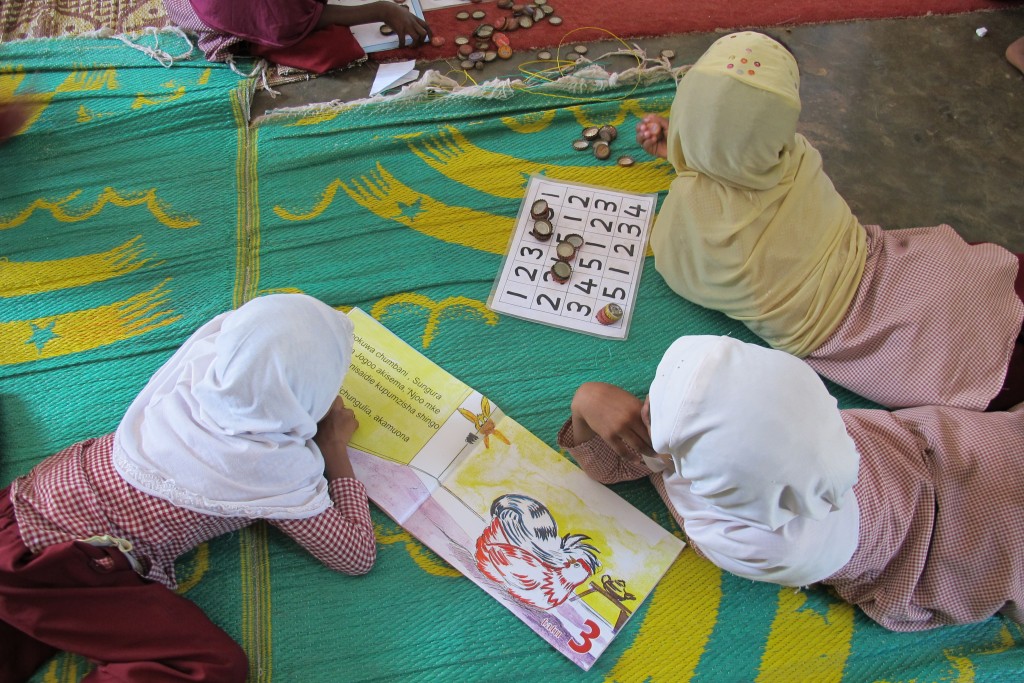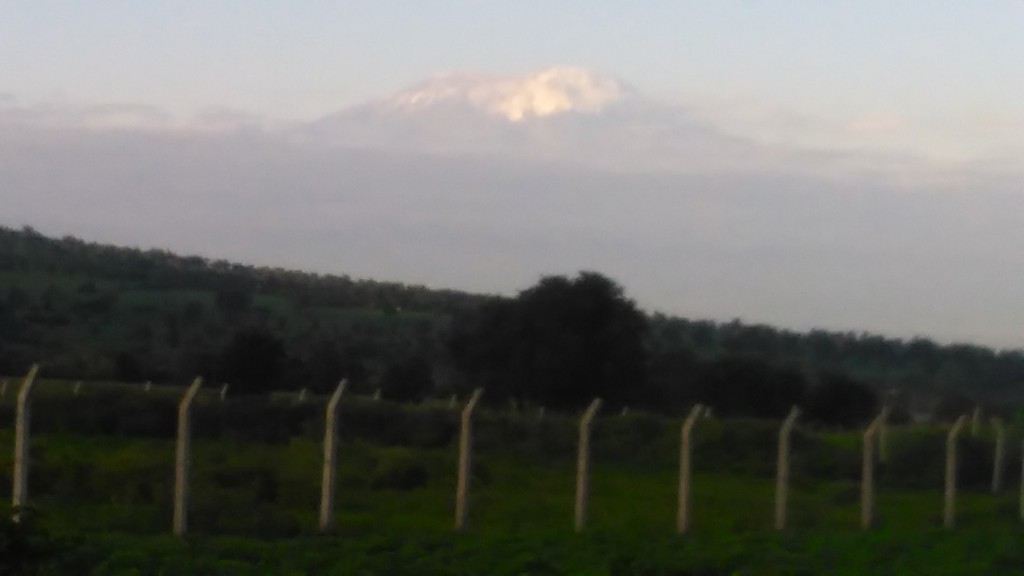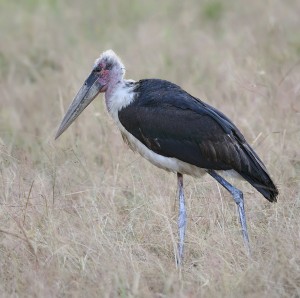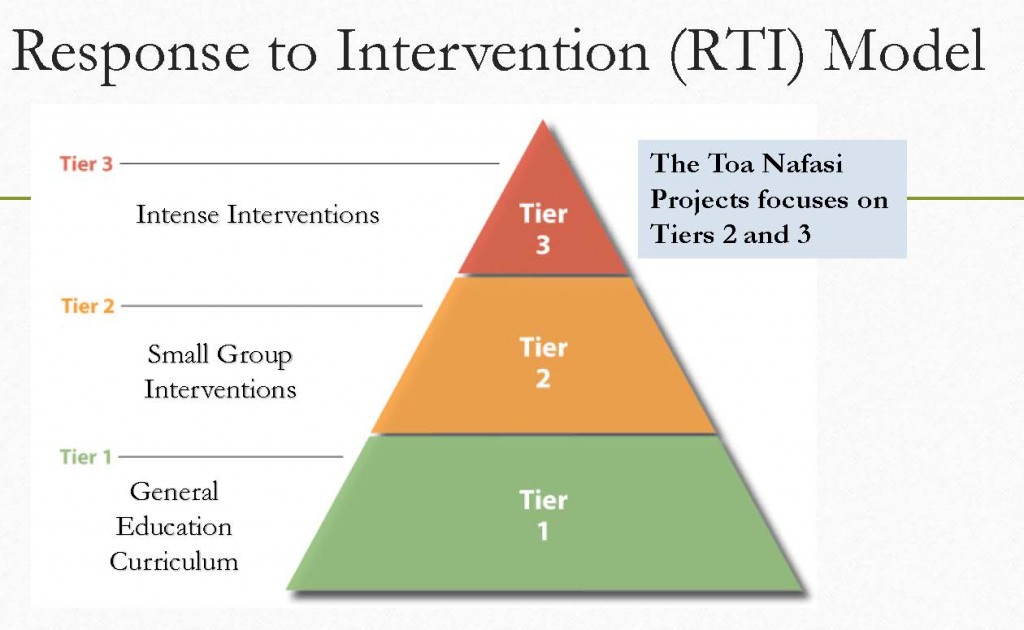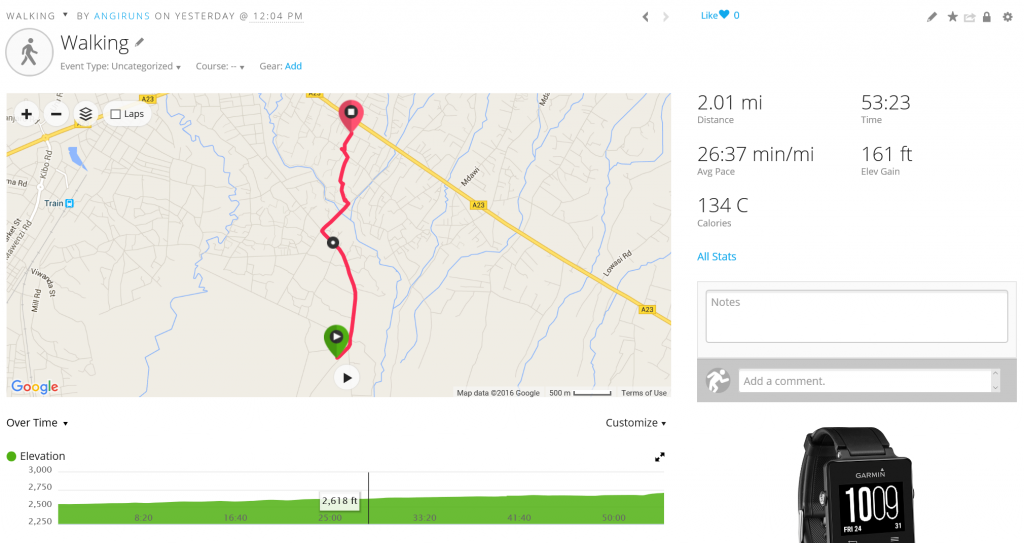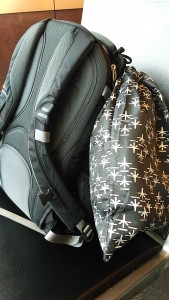This past week I have been doing teacher training with the 12 teachers in the project. The main purpose of this trip this time is to do teacher training and then follow up with some coaching and mentoring. One of the benefits of the project for community members is that the project hires young women who have a high school education, but no formal teacher training to be teachers. Teachers learn on the job with support from more experienced teachers in the project and I come periodically to do professional development with the teachers to top up their skills. On this trip, based on experiences in the past and current literature on professional development. We know that one-time professional development or training is minimally effective when there are no additional support or follow-up. Workshops in conjunction with coaching will more likely to result in teachers using new ideas (Joyce & Showers, 2002). In addition, teacher practices are more likely to change when focused training is followed by on-site mentoring from a coach who provides feedback and support for effective implementation (Fox, Hemmeter, Snyder, Binder, & Clarke, 2011; Onchwari & Keengwe, 2008; Sheridan, Edwards, Marvin, & Knoche, 2009; Snyder & Wolfe, 2008).

Our head teacher addressing the teachers before the day’s training.
On Monday, I trained teachers for about three hours on strategies to make the literacy instruction more interactive and to encourage child participation in the small group sessions. In addition, because all school have at least two teachers, I talked about various co-teaching methods and how to best utilize both teachers in the classroom to keep children active and engaged in learning. This is especially important because some of our “classrooms” are a collection of desks in a semi-circle on the veranda outside the main classrooms. Tanzanian classrooms, like many classrooms in East Africa, are very full and schools are very full, so there are rarely extra rooms for a classroom for our project. During instruction in the small groups, people are walking about, children may be playing, other children may be outside on recess, and cars are zooming by in the distance. Teachers need to work together through their content and enthusiasm to keep children focused. That being said, I was amazed at how focused most children were, particularly because these children were in our project because they have some type of learning delay or disability.
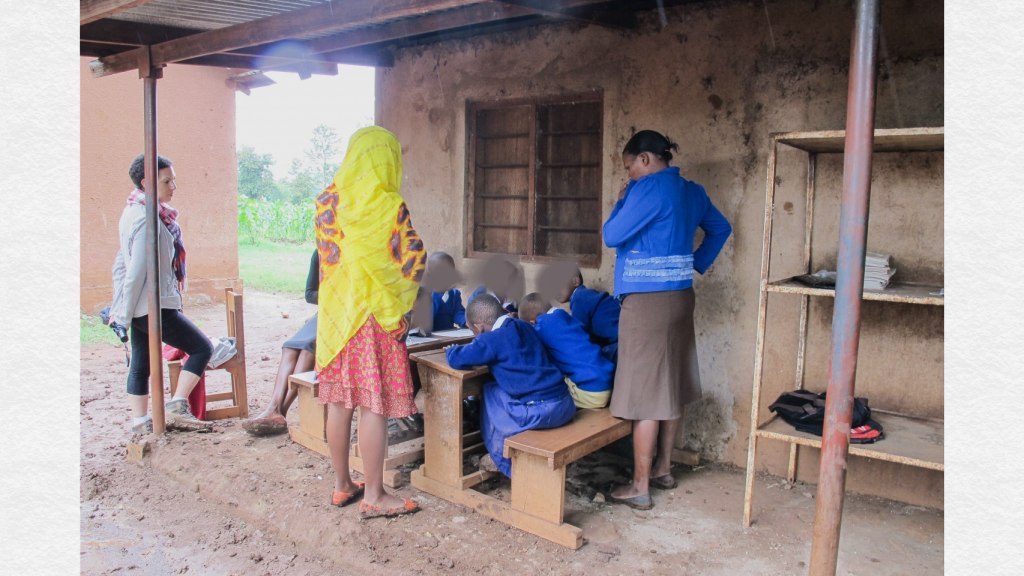
Our outdoor classroom at one school. (Faces blurred for adherence to IRB permissions)
On Tuesday, I trained teachers on additional math strategies to work on counting, addition, subtraction, shapes and colors. In addition, we talked about a small change we made to the assessment that we give students and provided pointers for giving the assessment with the highest level of fidelity. The main concern in the assessment implementation is that teachers are helping the children too much or giving them too many chances to answer the question before moving on. I did watch two teachers give assessments to children when I arrived and they did well overall, but these pointers will be helpful. As a teacher, I can sympathize that I want to help the children too and want to see them do well, but we also need to know what the children can do on their own. Because we want to be confident that the children have learned skills and knowledge to be successful in the regular classroom, we need to know that they can perform these tasks independently because there will not be a teacher in the typical classroom ready to help or guide them, because there are usually 50-70 children with one or two teachers.
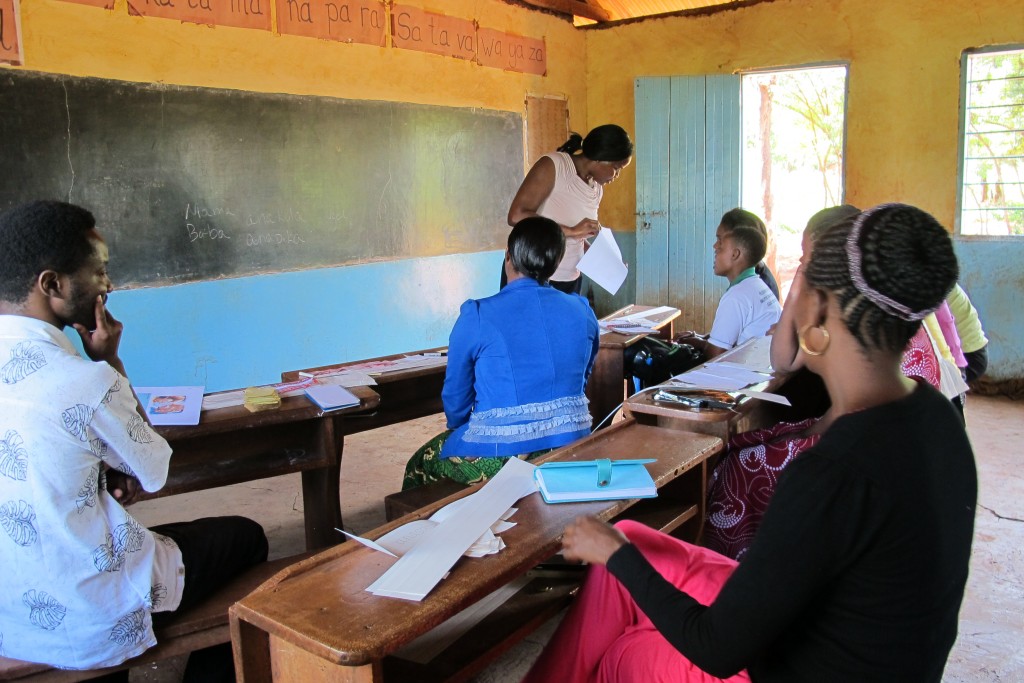
One of the teachers reading a story to the group.
As I have mentioned here before too, we do not necessarily use the most interactive strategies, and some innovations you would find in certain US or European classrooms, because we want the students to be able to succeed in the classrooms that they are returning to that still use more rote instruction than inquiry-based learning. We get the children involved and check for understanding and use comprehension and critical thinking strategies, but the activities are not so far from the typical classroom. This was a hard decision for me to make, but I also saw early on that the teachers we were working with also were not familiar with strategies outside of didactic instruction. We have taken it slowly with teachers, introducing more interactive strategies gradually over the years and reducing the amount of straight choral response instruction in our classes.

One of the teachers calling a “student” to the board to write a word.
In the training this week, I really asked the teachers to step outside their comfort zone and model teaching strategies for each other. First, I asked specific teachers to model a strategy that I had just shown them and use it with their “students” (the other teachers). Then, I asked them to plan a lesson and execute that lesson, using the combination of strategies as they might in a 20-30 minute lesson where the children had at least 2 whole group activities (6-10 children per group) and independent work time. While asking them to model single strategies was uncomfortable, planning a lesson and executing it as a group using co-teaching strategies was at first, literally incomprehensible. We had brought in a translator to help me, because my Swahili is not as polished at this time as I would like it to be and I thought the teachers would get more out of the training if my points could be reiterated in Swahili or better Swahili than mine. For me, using a translator was a bit uncomfortable also, because I wanted to believe that my Swahili was good enough, but I know that at the moment conversationally I am fine, but to explain the finer points of pedagogy and instructional strategies I needed help. I did an ego check and recognized that the most important goal was for the teachers to get the most out of the training, not for me to be able to do the training in Swahili. I am glad that I had support from two wonderful people who work with the project to translate and expand on my Swahili.

It took three explanations by the translator for the teachers to finally understand what I wanted them to do. After they started, I realized that because they had never been to teacher training college, they had never been asked to do mini-lessons or model full lessons in a classroom of their peers. I have visited enough teacher training colleges to know that micro-teaching is very much a part of teacher training around the world, but not necessarily something known to people who don’t participate in that world every day like I do. Despite the language hiccups, the lesson demonstrations were well done and it was clear that the teachers understood the key strategies and how to implement them.

The children using the new ten frame cards for addition and subtraction from the training.
Now it was time to observe them teaching children to see how they used the strategies there. To be continued in a few days…..

